Waste mussel shells could become a low-tech, natural tool to filter pollutants from New Zealand waterways if field testing by University of Canterbury engineers proves successful.
Associate Professor Aisling O’Sullivan and Professor Tom Cochrane, from the University of Canterbury Department of Civil and Natural Resources Engineering, are exploring the use of waste seashells as a solution to reduce contaminants, such as nitrate and phosphorus, from New Zealand streams.
Tom says green-lipped mussels are a huge industry in New Zealand, producing more than 90,000 tonnes of shells every year.
“When the meat is taken out, the shell becomes waste material. Approximately half of these shells go to landfill,” says Tom.
“We started looking at using those shells as an active substrate that we could put into something like a filter and treat the water as it passes through.”
Meeting regulations
Tom says shells are made of calcium carbonate, which helps to remove pollutants, but they also have other properties that enhance the removal of contaminants and are more effective than an alternative such as mined limestone.
Aisling has used shells to treat mine drainage and remove metals since 2006, and the pair thought they could apply them to target nutrients in waterways.
Aisling and Tom say the technology would help enable farmers to meet new regulations by reducing the number of nitrates leaching from their land, while providing a natural lime fertiliser and soil enhancer from the waste seashells.
They will also work with shellfish and fertiliser industries, councils, and iwi to meet regulation requirements.
Tom says the solution could work in several ways, one being through the use of drainage pipes.
“A lot of the agricultural area has drains, and we could implement a treatment system at the end of those drains before it goes into a stream.”
The next step
The pair previously worked together on an award-winning and patented invention called ‘Storminator’ that removes heavy metals, such as zinc, from roof stormwater in urban areas.
“With the Storminator we were trying to remove contaminants that end up in urban streams, focusing on metals and zinc and copper, and so one of the solutions we were exploring was using shells,” says Tom.
Aisling says they have demonstrated using waste shells to remove acidity and metals very successfully, but the team hasn’t yet explored using them to remove nutrients.
“The next step is to see how we can optimise waste seashells to remove nitrate and phosphate and then design and develop modular systems we could deploy in the field specifically for nutrients.”


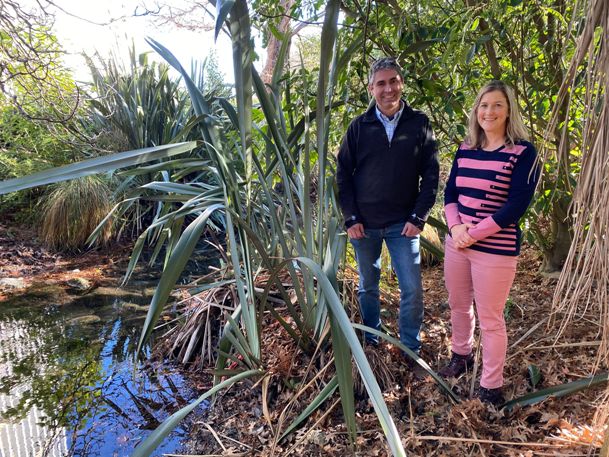
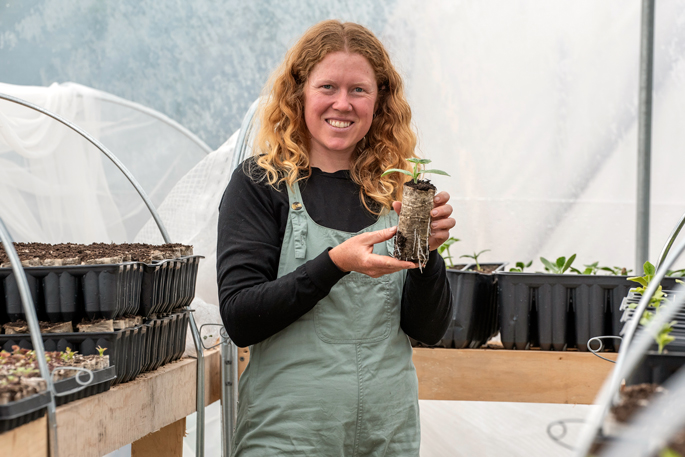
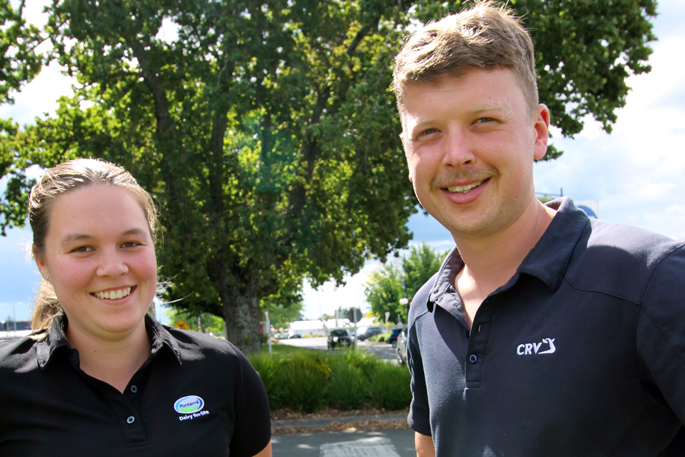
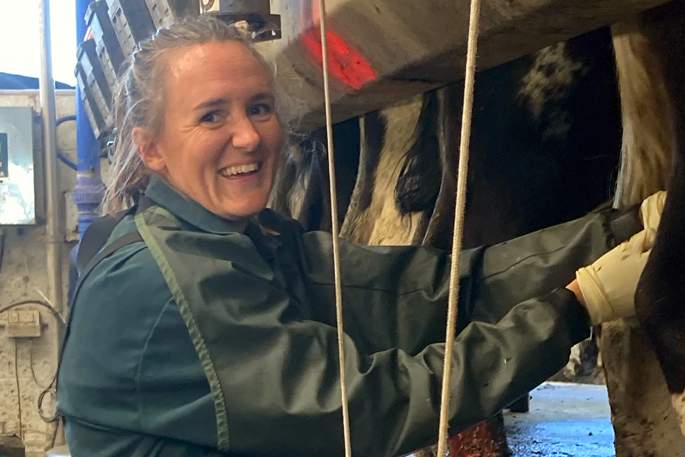
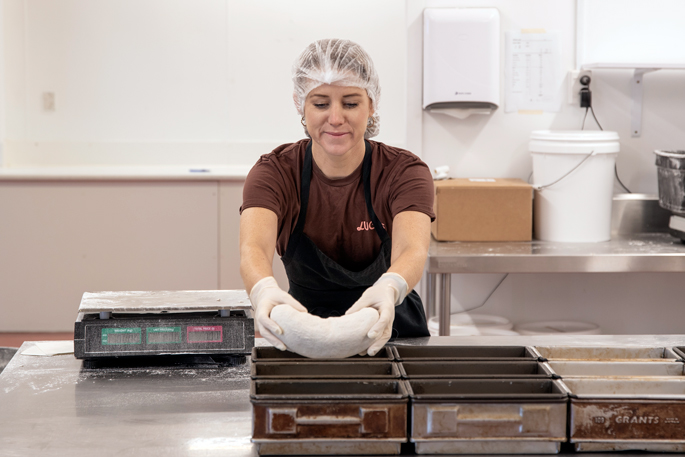
0 Comments
Leave a Comment